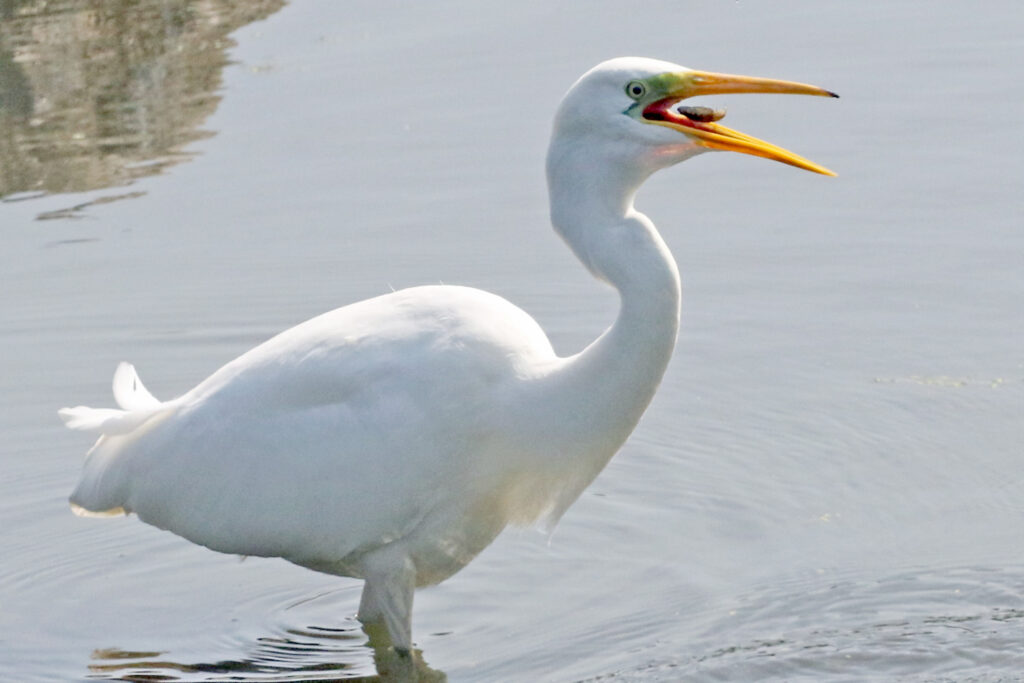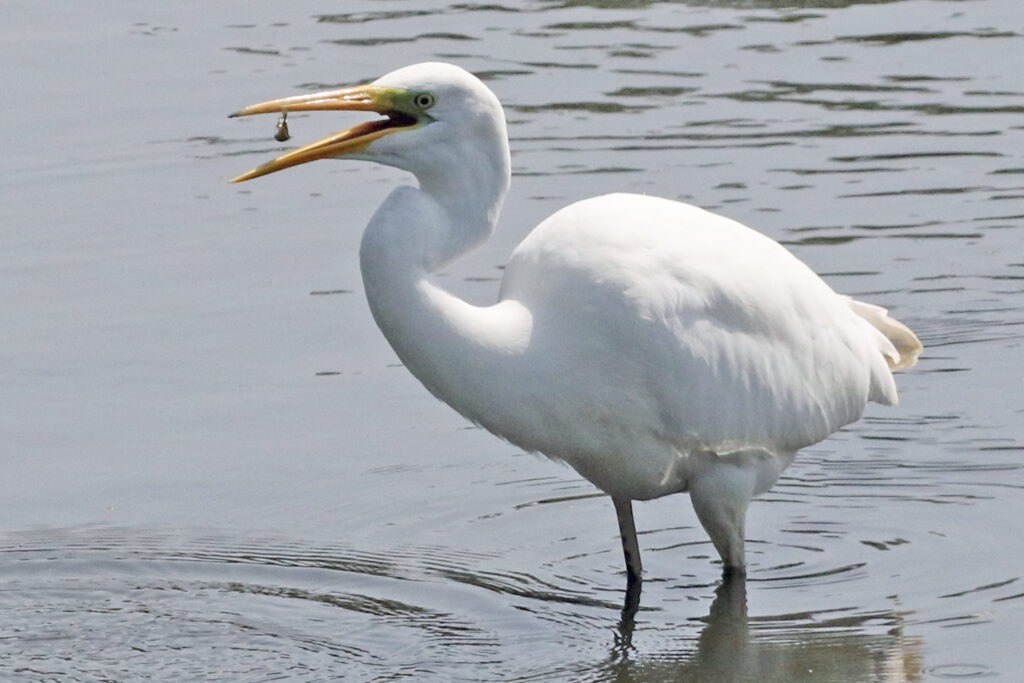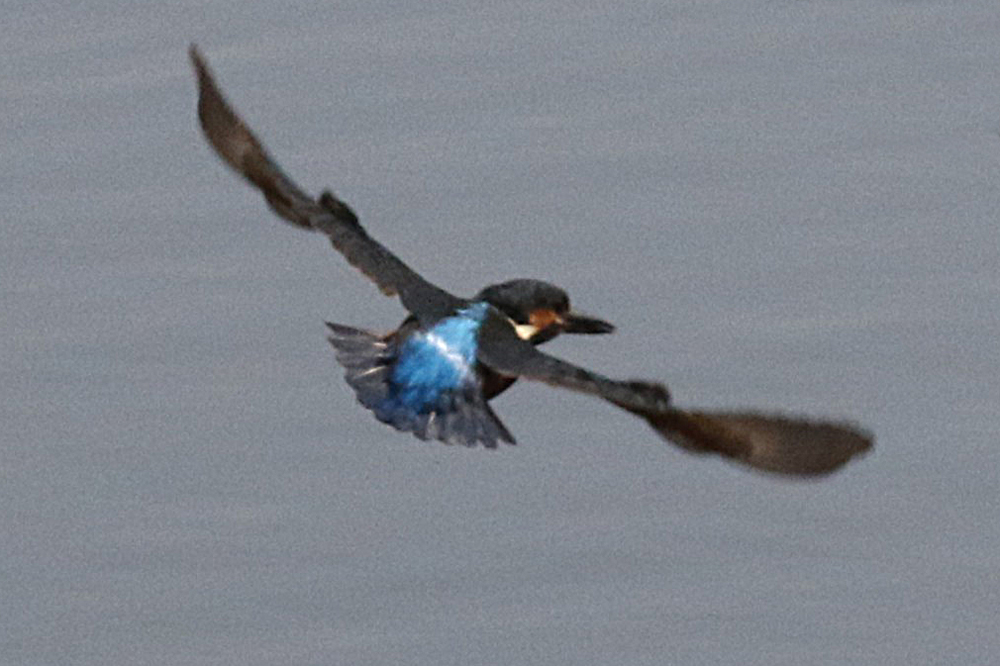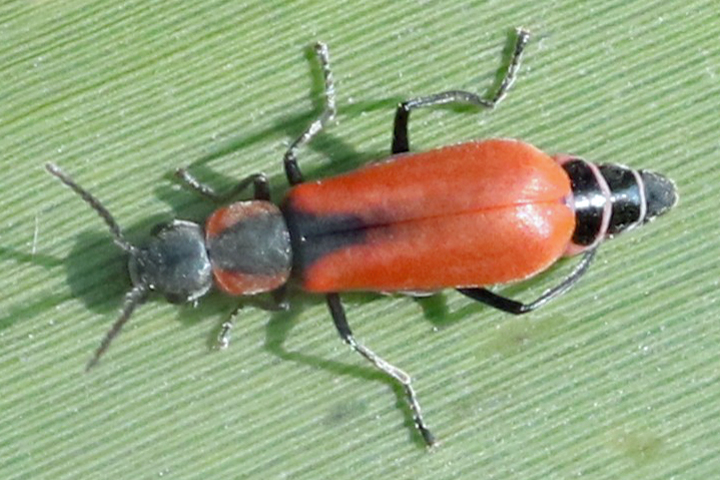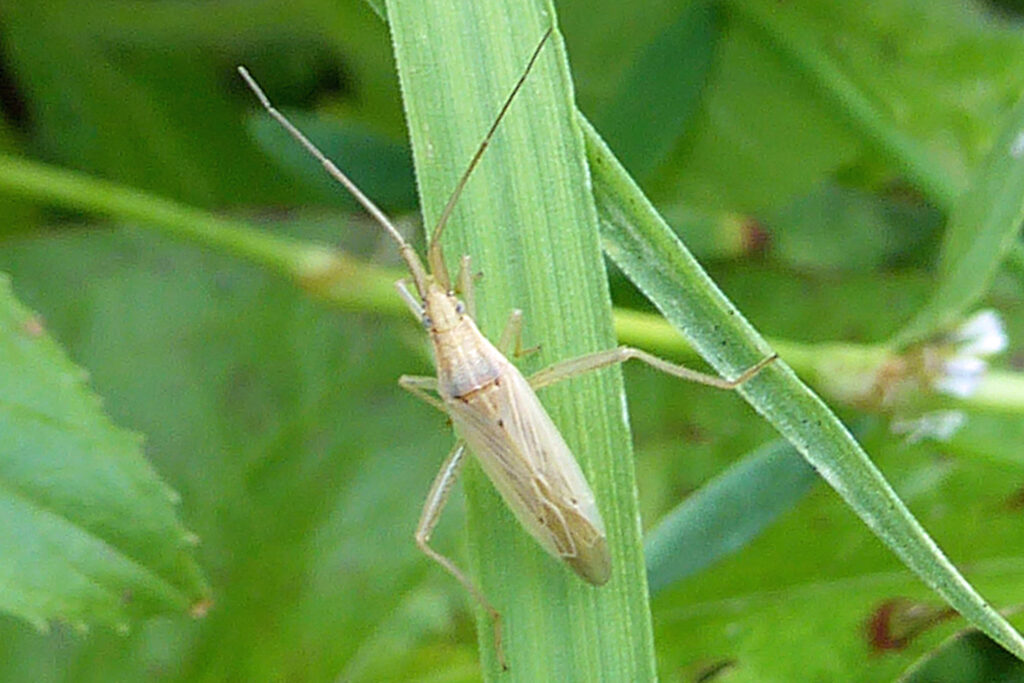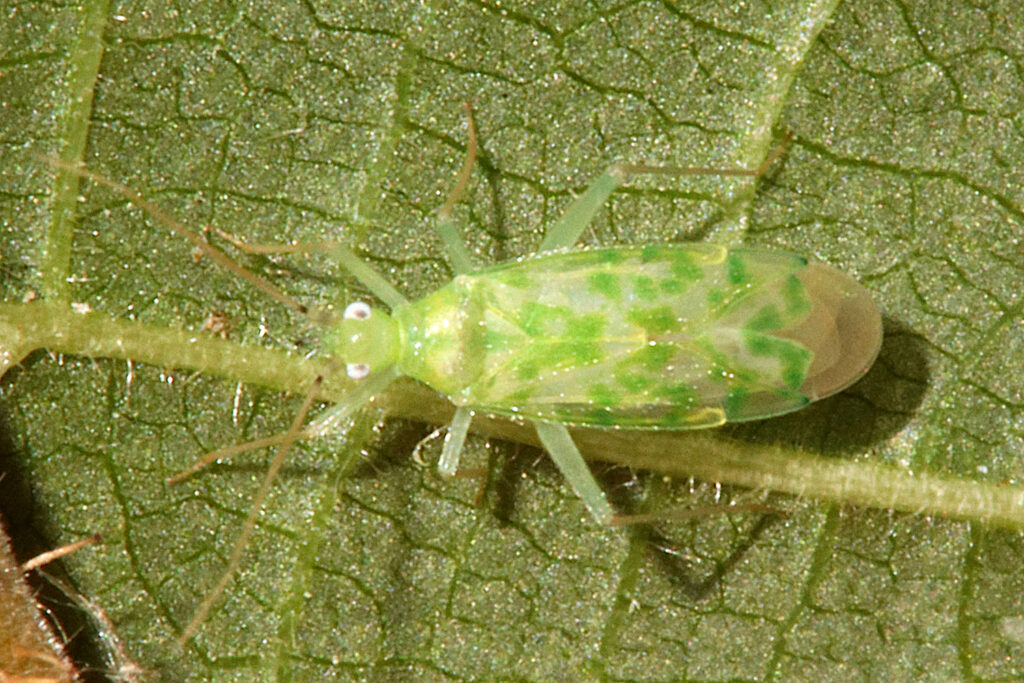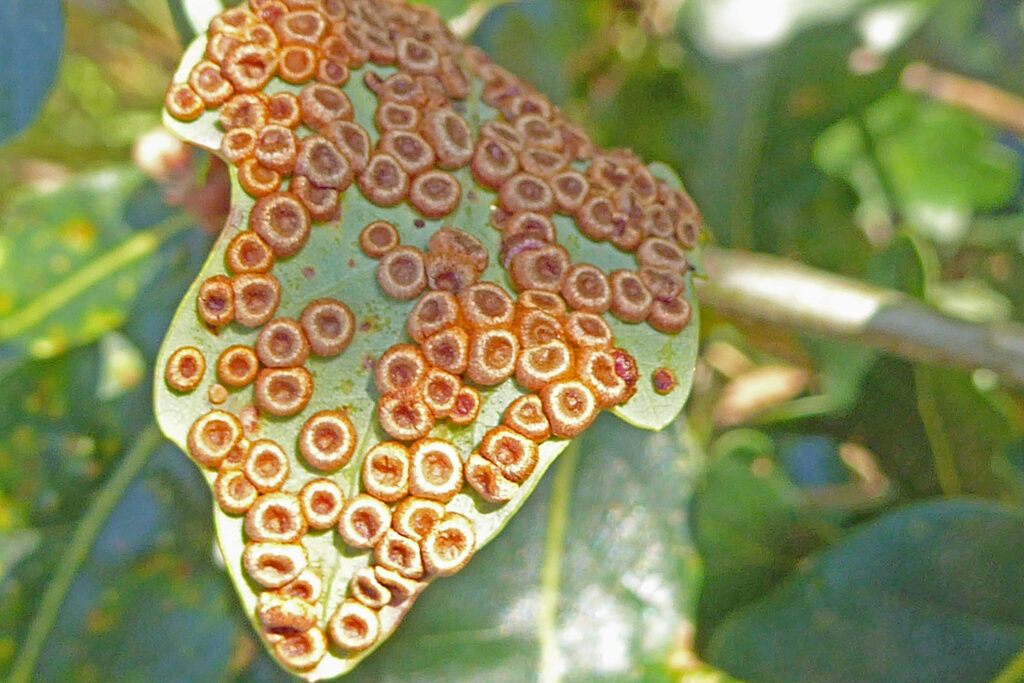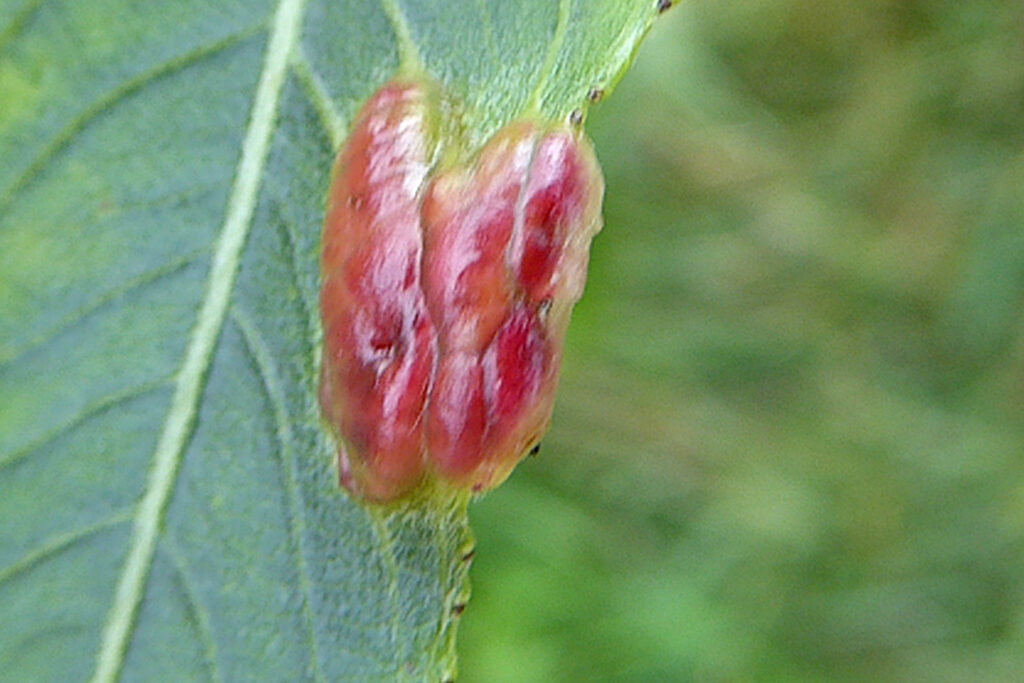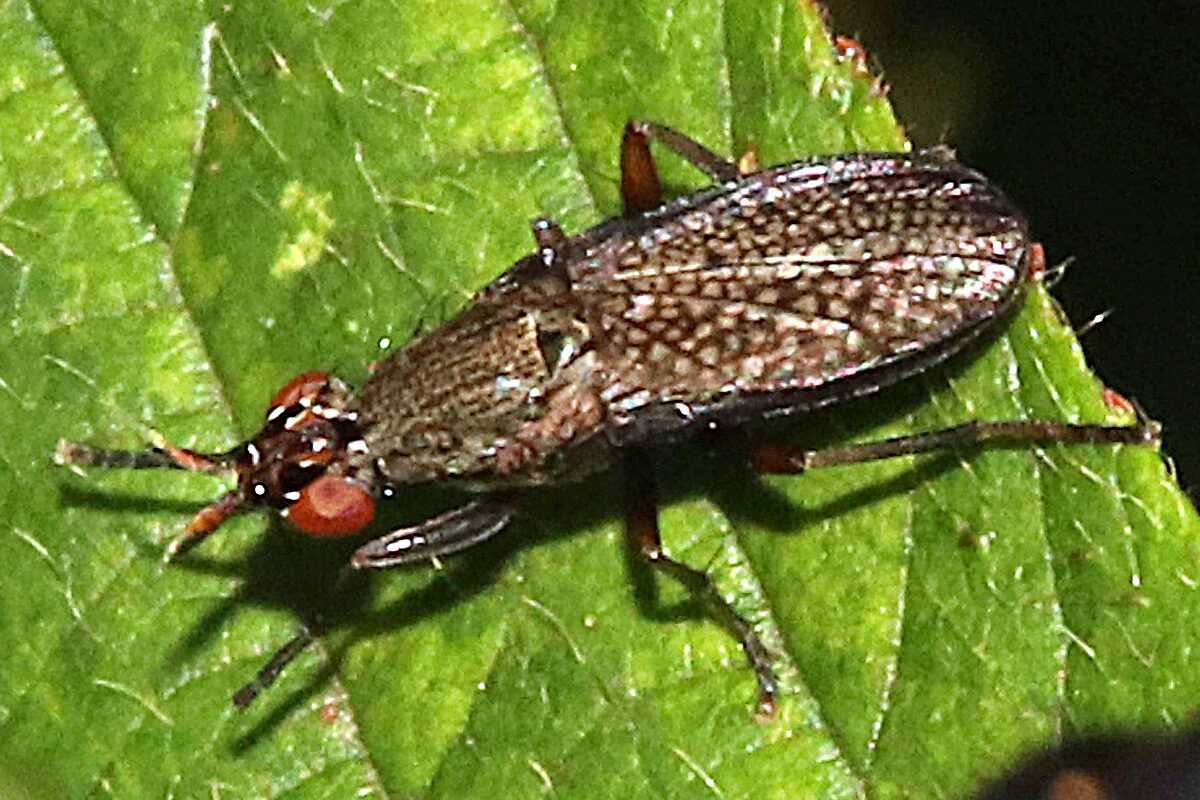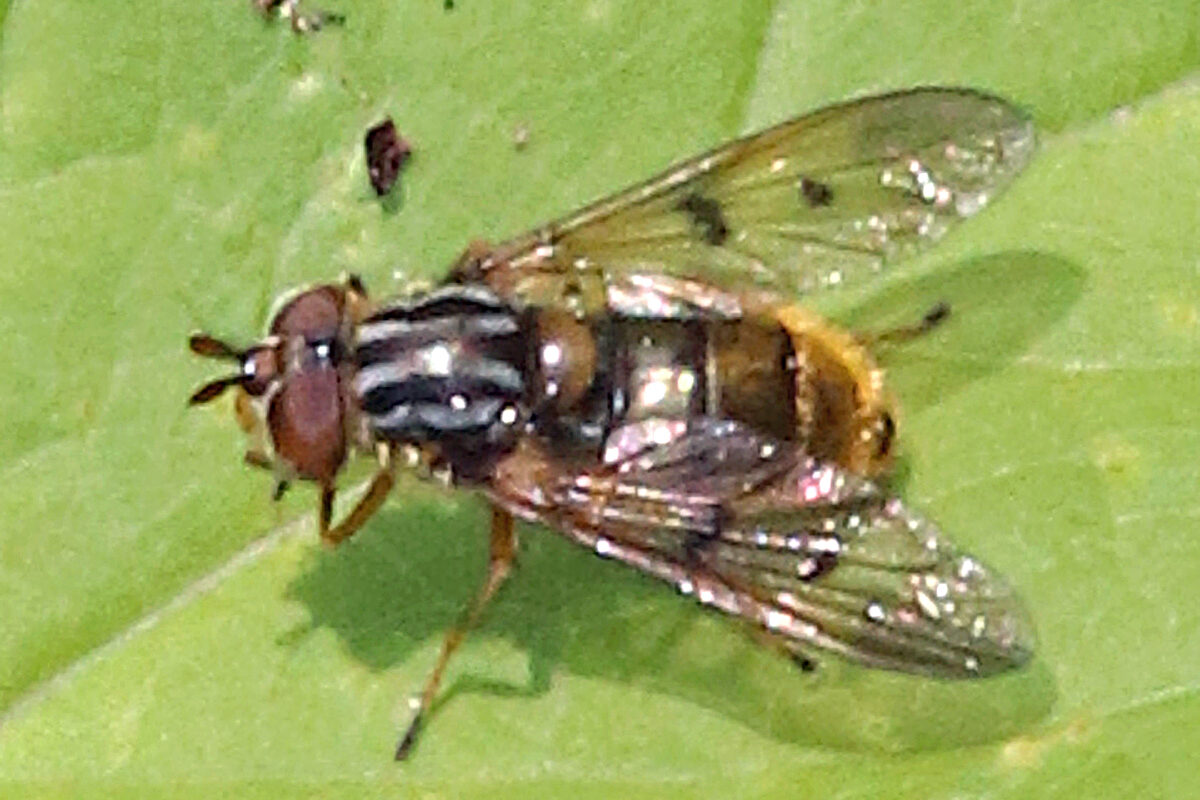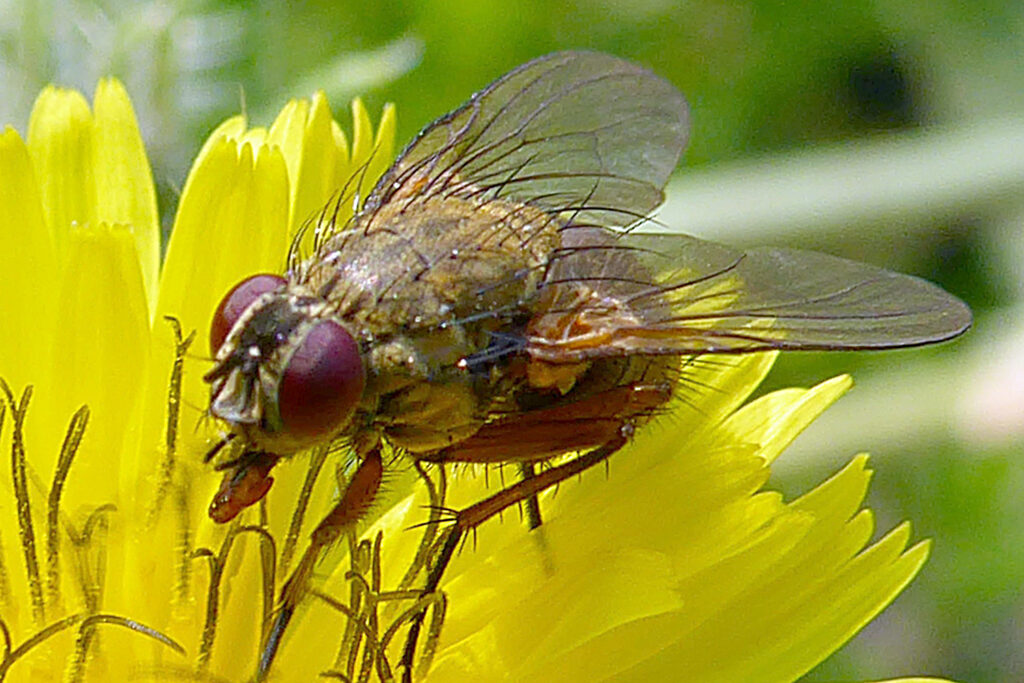Field Trip Kelham Bridge
Field Trip Kelham Bridge 06 August 2025
Kelham Bridge Nature Reserve is situated in north-west Leicestershire, approximately one mile north of Ibstock off the A447.
The Reserve was once an area used for the disposal of sewage waste and it has also been affected by land drainage, mining subsidence and river straightening in the past. Restoration of the site was completed in 2002. Now the tranquil waters meander in a natural way, the land is allowed to flood in heavy rain. The habitats are a mix of open water, reed beds and wet grassland.
The site is now well known by bird watchers. It is a great site for warblers and Whitethroat, Reed and Sedge Warbler are all present in good numbers in the summer plus the occasional Grasshopper Warbler. Grey Partridge, Little Ringed Plover, Snipe, Little Owl and Kingfisher are seen regularly. This is also a top spot for watching birds of prey and historically Harriers, Merlin, Hobby, Red Kite, Buzzard, Kestrel and Peregrine have all been seen.
At least 16 species of dragonfly and 19 species of butterfly have been recorded as have mammals like Harvest Mouse, Water Shrew and Otter.
On this visit we were privileged to have permission to access a small area not normally open to the public as well as following the normal footpaths and visiting the two hides.
A glorious sunny morning greeted our group of 15 as we made our way into the Reserve. We first met up with Kate Moore and Nigel Judson who had just finished a productive bird ringing session on site, including Kingfisher, Blackcap, Chiffchaff, Blue Tit and Sedge Warbler. The distinctive cries of Buzzard could be heard overhead and a Jay flashed past us, its white rump shining in the sunshine. Kestrel, Sparrowhawk, Goldfinch, Bullfinch, Great Spotted Woodpecker and Hobby were spotted in this area, together with Whitethroat, Sand Martin, Swallow, Blackbird, Woodpigeon, Magpie and Wren.
Reminiscent of kids in a sweet shop, we were wide eyed in wonder and not quite knowing what to look at first in this richly diverse habitat. In the event, the group soon split up to explore the Reserve, some concentrating on plants, others on insects and birds, etc.
A very obliging Great White Egret provided plenty of photographic opportunities at close range from one of the hides. From the same hide, a Mallard with several juveniles, a pair of Mute Swan with three signets, Teal, two Little Grebe, Black-headed Gull, Heron and a Kingfisher were also observed, alongside a Common Frog, good numbers of Banded Demoiselle , Common Blue and Blue-tailed Damselflies along with Common Darter.
A species-rich meadow enclosed by mature trees and marshy margins revealed Emperor, Southern and Brown Hawker plus Common Darter dragonflies quartering the area in search of tasty morsels, giving hope of discovering a good variety of other insect species. Small White, Green-veined White, Speckled Wood, Gatekeeper, Red Admiral, Comma and Peacock butterflies along with Straw Dot, Red-barred Tortrix, Nettle-Tap, and Common Carpet moths were plentiful, as were 7-, 14- and 22-Spot Ladybirds and Common Carder Bees. A female Long-winged Conehead put in a brief appearance before disappearing into the grasses plus Common Froghoppers and Dock Bugs. Perhaps one of the most notable species however was a small, brightly coloured Red Malachite Beetle Anthocomus rufus with elytra shorter than the body, black head and thorax and a striped, black abdomen. Their numbers totalled in excess of 50, many of which were seen resting on the blades of various grasses. Although widespread in southern Britain, it is classed as ‘Infrequent’ in VC55. It feeds on flowers and small insects and has a preference for marshy areas.
Several species of spider were observed, amongst which we were able to identify Garden Spider Araneus diadematus, Giant House Spider Eratigena sp., Cucumber Green Orb Spider Araniella cucurbtina sensu lato, Common Candy-striped Spider Enoplognatha ovata sensu lato, Labyrinth Spider Agelena labyrinthica, Nursery Web Spider Pisaura mirabilis and the Harvestman Leiobunum rotundum.
A good range of plant galls were observed, including the common Smooth Spangle, Common Spangle, Silk Button, Knopper, Cherry, Oyster and Artichoke Galls on Oak and Robin’s Pincushion and Smooth Pea Galls on Dog Rose. Psyllid Jumping Plant Louse Psyllopsis fraxini agg. galls were identified on Ash leaves, together with galls of the Plum-pouch Gall Mite Eriophyes similis on Blackthorn, Aceria macrochela on Field Maple, those of the midges Dasineura urticae,(Nettle Pouch Gall) on Nettle, Macrodiplosis pustularis on Oak, Willow Redgall Sawfly Euura proximaand the gall-causing rusts Gymnosporangium sp. on Hawthorn and Violet Bramble Rust Phragmidium violaceum on Bramble leaves.
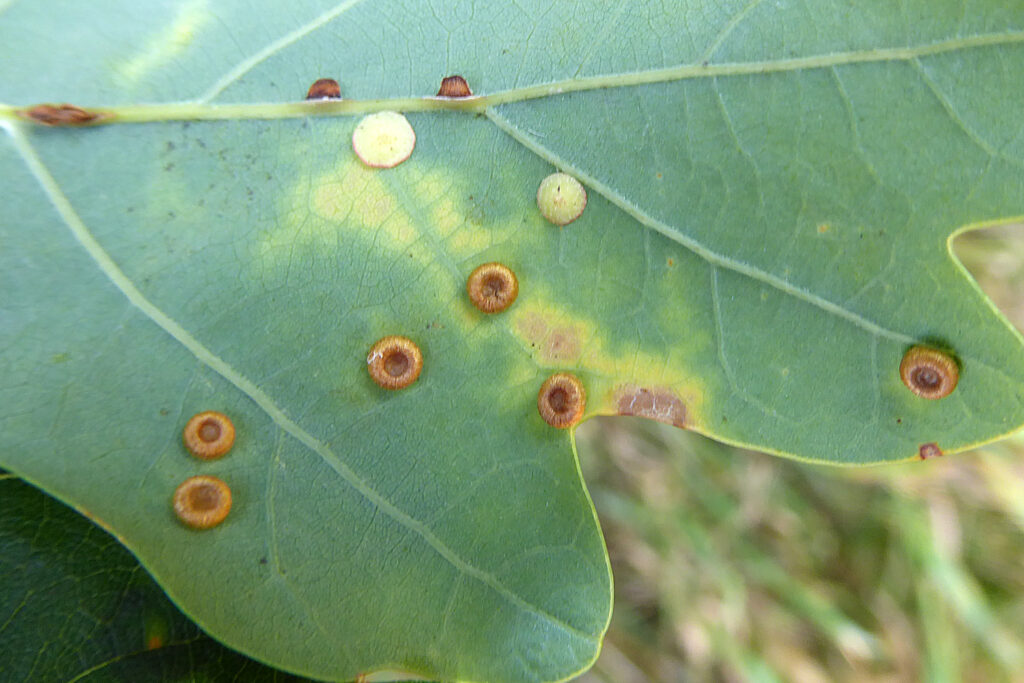
Leaf mines were also much in evidence, including those caused by the larvae of the Nut Leaf Blister Moth Phyllonorycter coryli , Stigmella microtheriella (a moth) on Hazel, and the Holly Leaf Miner Phytomyza ilicis, a small mining fly in the Agromyzidae family.
Hoverflies were represented by Marmalade Hoverfly Episyrphus balteatus, Pellucid Hoverfly Volucella pellucens, Common Copperback Hoverfly Ferdiandea cuprea and The Footballer Hoverfly Helophilus pendulus. Numerous fly species were present with a Flesh Fly Sarcophaga sp. and Yellow Dung Fly Scathophaga stercoraria punctuating a host of less familiar species to many of us, including a Marsh Fly Coremacera marginata, the bark-dwelling Ectopsocus briggsi agg., a House Fly Phaonia angelicae, the Yellow Cereal Fly Opomyza florum, Dark-winged Flesh Fly Nyctia halterata, Phanea funesta and a Drain Fly Psychodidae sp.
Bugs included the pale yellow and black Potato Leafhopper Eupteryrix aurata, the green-spotted Delicate Apple Capsid Malacochoris chlorizans, Hairy Shieldbug Dolycoris baccarum, Green Shieldbug Palomena prasina, Elongated Grass Bug Stenodema laevigata, Mirid Plant Bugs Lygus pratensis and Rhopalus subrufus and Common Nettle Bug Liocoris tripustulatus.
The only Lichen recorded was the pollution-tolerant Common Orange Lichen Xanthoria pariteina, growing on numerous tree branches and twigs – an increasingly common find in the County.
Viburnam Leaf Beetle Pyrrhalta viburni and Kentish Garden Snail Monacha cantiana and Common Wasp Vespula vulgaris were amongst other miscellaneous observations.
The following represents a list of some of the plant species identified as we came across them in the field:
| Common Name | Scientific Name |
| Creeping Thistle | Cirsium arvense |
| Cock’s-foot | Dactylis glomerata |
| Yorkshire Fog | Holcus lanatus |
| False Oat-grass | Arrhenatherum elatius |
| Hairy Willowherb | Epilobium hirstum |
| Rosebay Willowherb | Chamaenerion angustifolium |
| Broad-leaved Dock | Rumex obtusifolius |
| Blackthorn | Prunus spinosa |
| Field Maple | Acer campestre |
| Hairy Tare | Vicia hirsuta |
| Sweet Vernal Grass | Anthoxanthum oderatum |
| Ribwort Plantain | Plantago lanceolata |
| Broad-leaved Plantain | Plantago major |
| Tufted Hairgrass | Deschampsia cespitosa |
| Creeping Bent | Agrostis stolonifera |
| Reed canary grass | Phalaris arundinacea |
| Common Reed | Phragmites australis |
| Soft Rush | Juncus effusus |
| Creeping Buttercup | Ranunculus repens |
| Meadow Buttercup | Ranunculus acris |
| American Willowherb | Epilobium ciliatum |
| Large Bindweed | Calystegia silvatica |
| Common Ragwort | Jacobea vulgaris |
| Damson | Prunus domestica |
| Lesser Stitchwort | Stellaria graminea |
| Common Vetch | Vicia sativa |
| Couch Grass | Elymus repens |
| Hazel | Corylus avellana |
| Apple | Malus x domstica |
| Common Nettle | Urtica dioica |
| Rusty Willow | Salix cinerea subsp. oleifolia |
| Cut-leaved Geranium | Geranium dissectum |
| Cleavers | Galium aparine |
| Ragged Robin | Silene flos-cuculi |
| Angelica | Angelica sylvestris |
| Hawthorn | Crategus monogyna |
| Water Mint | Mentha aquatica |
| Purple Loosestrfie | Lythrum salicaria |
| Common Hemp Nettle | Galeopsis tetrahit |
| Smooth Hawk’s-beard | Crepis capillaris |
| Meadow Vetchling | Lathyrus pratensis |
| Osier | Salix viminalis |
| Crack Willow | Salix fragilis |
| Red Campion | Silene dioica |
| Male fern | Dryopteris filix-mas |
| Meadowsweet | Filipendula ulmaria |
| Alder | Alnus glutinosa |
| Bramble | Rubus fructicosus agg. |
| Rough Meadow Grass | Poa trvialis |
| Water Figwort | Scrophularia oblongifolia |
| Imperforate St John’s Wort | Hypericum maculatum |
| Red Clover | Trifolium pratense |
| Cat’s-ear | Hypochaeris radicata |
| Grey Willow | Salix cinerea |
| Self-heal | Prunella vulgaris |
| Common Sorrel | Rumex acetosa |
| Dog Rose | Rosa canina |
| Dove’s-foot Cranes-bill | Geranium molle |
| Orchid sp (remains of) | Species unknown |
| Compact Rush | Juncus conglomeratus |
| Tufted Vetch | Vicia cracca |
| Spear Thistle | Cirsium vulgare |
| Hard Rush | Juncus inflexus |
| Large-flowered Evening Primrose | Oenothera glazioviana |
| Red Fescue Agg. | Festuca rubra |
| Rye Grass | Lolium perenne |
| Meadow Foxtail | Alopecurus pratensis |
| Hedge Woundwort | Stachys sylvatica |
| Teasle | Dipsacus fullonum |
| Bird’s-foot Trefoil | Lotus corniculatus |
| Crested Dog’s-tail | Cynosurus cristatus |
| Woody Nightshade | Solanum dulcamara |
| Perforate St John’s-Wort | Hypericum perforatum |
| White Bryony | Bryonia dioica |
| Scented Mayweed | Matricaria chamomilla |
| Bristly Oxtongue | Helminthotheca echoides |
| Prickly Sowthistle | Sonchus asper |
| Common Knotgrass | Polygonum aviculare |
| Redshank | Persicaria maculosa |
| Greater Pond Sedge | Carex riparia |
| Hairy Sedge | Carex hirta |
| Field Horsetail | Equisetum arvense |
| Common Mouse-ear | Cerastium fontanum |
| Colt’s-foot | Tussilago farfara |
| Red Dead Nettle | Lamium purpureum |
| Reed Mace | Typha latifolia |
| Cow Parsley | Anthriscus sylvestris |
| Holly | Ilex aquifolium |
| Pineapple Weed | Matricaria discoidea |
| Prickly Lettuce | Lactuca serriola |
| White Clover | Trifolium repens |
| Ivy | Hedera helix |
| Common Groundsel | Senecio vulgaris |
| White Dead-nettle | Lamium album |
| Dove’s-foot Crane’s-bill | Geranium molle |
| Elder | Sambucus nigra |
| Hogweed | Heracleum sphondylium |
| Pedunculate Oak | Quercus robur |
| Ash | Fraxinus excelsior |
| Woody Nightshade | Solanum dulcamara |
| Field Maple | Acer campestre |
| Common Chickweed | Stellaria media |
| White Goosefoot | Chenopodium album |
| Gorse | Ulex europaeus |
| Rowan | Sorbus aucuparia |
| Common Comfrey | Symphytum officnale |
| Sycamore | Acer pseudoplantanus |
| Shepherd’s Purse | Capsella bursa-pastoris |
| Garden Privet | Ligustrum ovalifolium |
Our thanks go in particular to Kate for arranging permission to access this site and to Steve Woodward and Mike Higgott for their expertise in identifying some of the less familiar pants and insects.
Sue Graham
